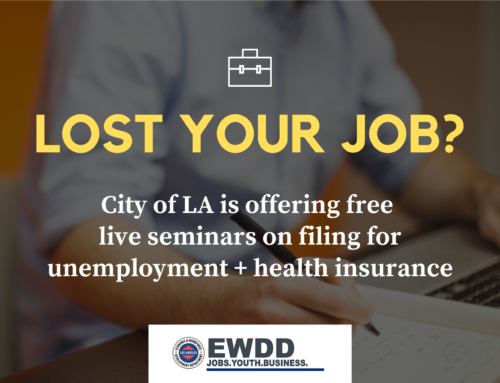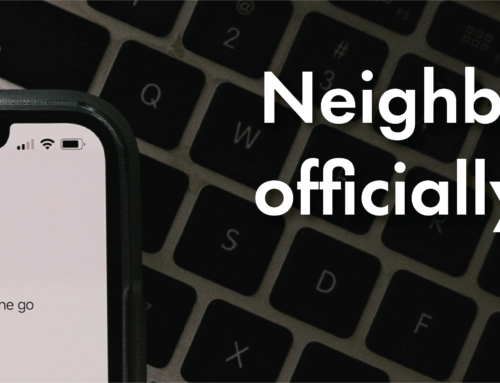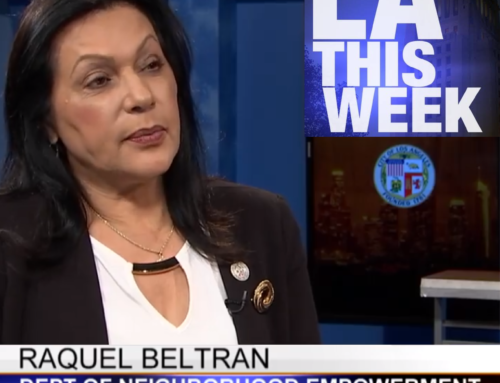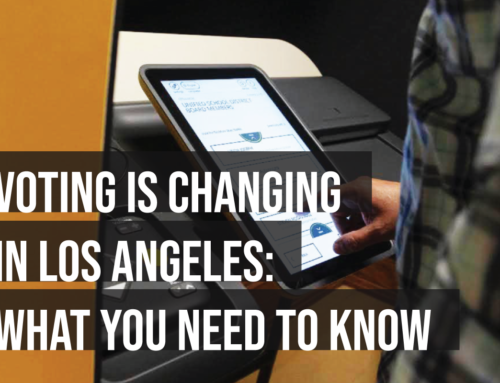In collaboration with Councilmen Tom LaBonge and Mitchell Englander, this month’s Emergency Management Department (EMD) bulletin will discuss the City of Los Angeles tsunami danger resulting from earthquakes.
A tsunami is a series of waves that is usually caused by a very large earthquake. The first wave may not be the largest and the timing between them may vary from minutes to several hours apart. The impact of a tsunami will vary based on the terrain. A tsunami can move at hundreds of miles per hour in the open ocean and can run-up on land hundreds to thousands of feet in low lying coastal areas. All tsunamis are potentially dangerous, even though they may not damage every coastline they strike.
Tsunamis can occur at any time, day or night, in good weather or bad, and at any time of the year. The tsunami waves can come ashore in many different ways, such as a wall of water, a rapidly rising tide, or a series of surf-like breakers. A tsunami has the force to carry boats, debris, and heavy rocks a great distance inland. This swift-moving, debris-filled wave of water can, and often does, injure or kill people.
Types of Tsunamis
- Local Tsunamis. These are caused by very large earthquakes near our coast that can cause an underwater landslide. They are very rare; however, the first wave of a Local Tsunami could possibly arrive within 10 minutes of the temblor. There may not be time for a Tsunami Warning to be issued. Residents and business owners residing in the tsunami inundation zones should drop, cover and hold-on for the earthquake; then evacuate the area inland. Tsunami evacuation signs are posted along coastal streets to direct you.
- Pacific-Wide Tsunamis. These are caused by earthquakes hundreds to thousands of miles away from our coast. A Pacific-Wide Tsunami could reach our coastline within an hour of the earthquake, and will usually give authorities time to issue a Tsunami Warning. When you hear a Tsunami Warning broadcast, pack up your family and pets and follow the tsunami evacuation signs inland.
Potential Tsunami Warning Signs
• Any time one feels an earthquake near the coast, they should be aware that tsunamis are a potential
• Seeing water receding or surging out to sea or surging inland
• A loud roaring sound coming from the ocean
All low-lying coastal areas, including the Los Angeles Harbor, Venice and West Los Angeles beaches, can be struck by a tsunami. Please review the following City tsunami preparedness, response, and evacuation information for these areas:
Tsunami Information for the West Los Angeles Area
Tsunami Information for the Harbor Area
Tsunami Information for the Venice Area






